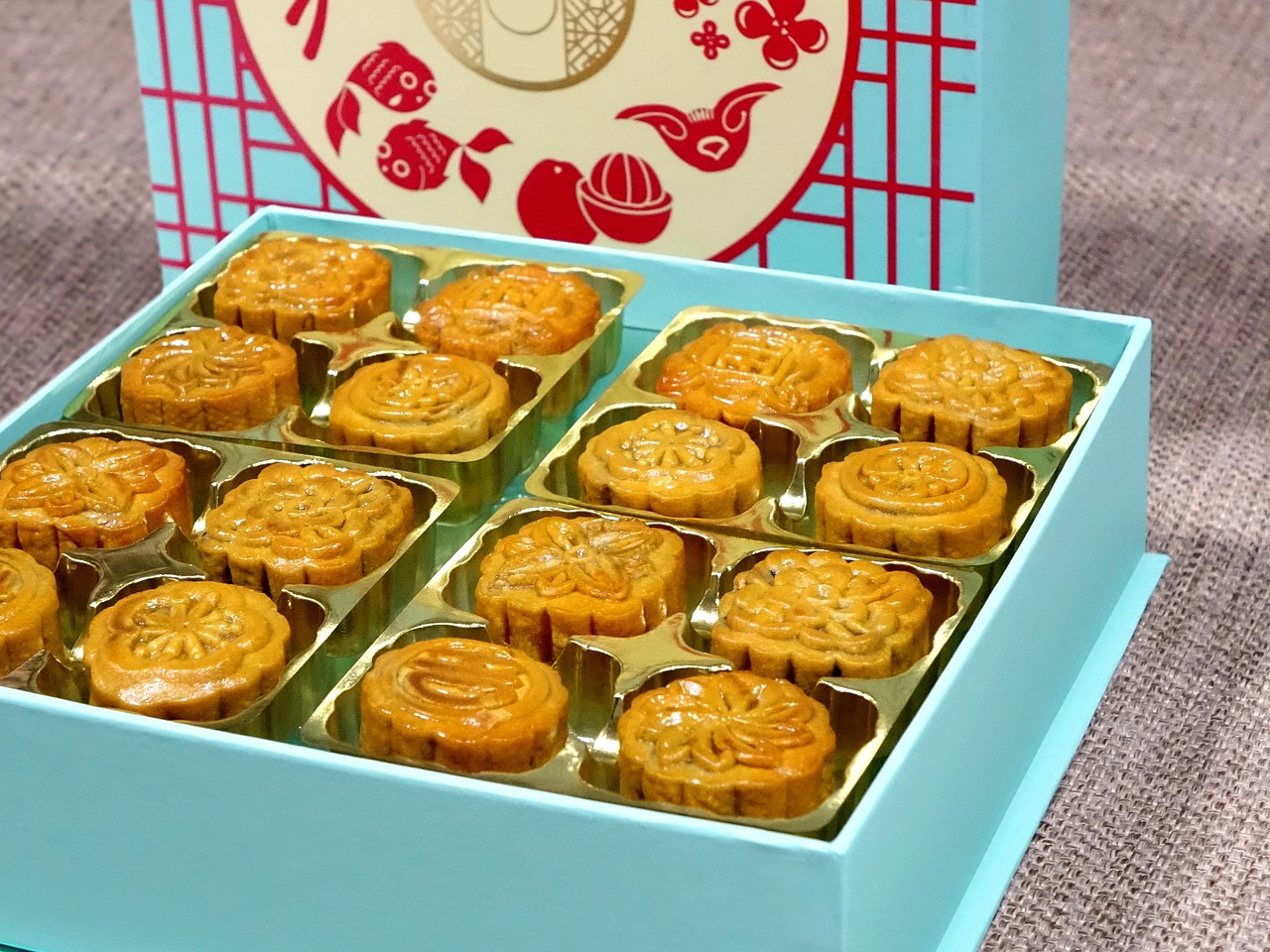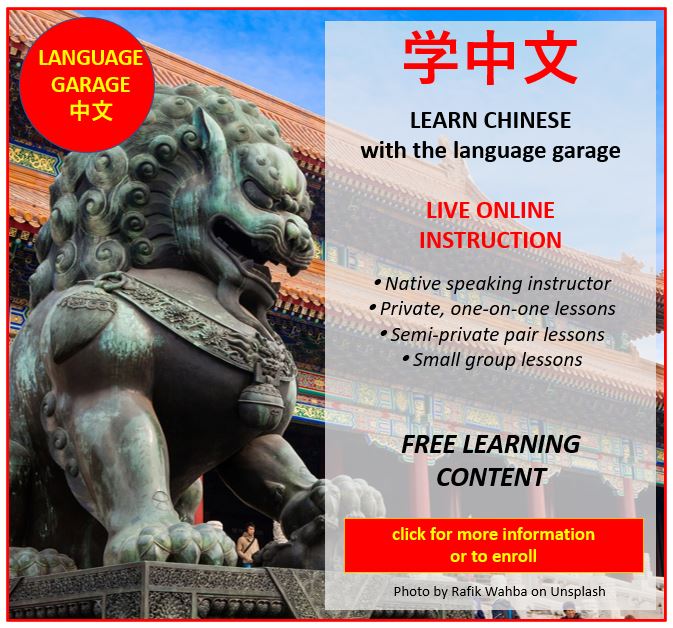Chinese Mid-Autumn Festival: Mooncakes, Family, and Thankfulness
The Mid-Autumn Festival, or 中秋节 Zhōngqiū Jié, is one of the most important traditional festivals in Chinese culture. People celebrate it on the 15th day of the eighth lunar month, usually in late September or early October. You’ll also hear people refer to the Mid-Autumn Festival as the Moon Festival or the Mooncake Festival. It’s a time for families to get together, give thanks, and appreciate the beauty of the full harvest moon. Many people compare it to Thanksgiving because of its association with family, thankfulness, and joy for a bountiful harvest.
Origins and History
The roots of the Chinese Mid-Autumn Festival go back over 3,000 years to the Western Zhou Dynasty (1046-771 BCE). Initially, the festival was a celebration of the harvest season. People performed rituals to ensure a plentiful harvest the following year. Over time, these customs evolved and took on cultural and mythological significance. During the Tang and Song dynasties, moon worship and admiration of the moon came to be associated with the festival.
One of the most famous legends associated with the Mid-Autumn Festival is the story of 嫦娥 Cháng’é, the Moon Goddess. According to the myth, Chang’e drank an elixir of immortality and ascended to the moon. People often tell her story during the festival and offer food and prayers to her.
Mooncakes: The Iconic Festival Treat
No discussion of the Mid-Autumn Festival would be complete without mentioning 月饼 yuèbǐng mooncakes. These round pastries are often filled with sweet or savory ingredients. They symbolize the full moon and are shared among family members and friends as a gesture of unity and love. Traditional fillings include red bean paste, lotus seed paste, salted egg yolks, and sometimes mixed nuts. Modern variations may contain flavors like green tea, chocolate, or even ice cream.
Mooncakes are not only a delicious treat but also a cultural symbol. In some regions of China, mooncakes were historically used as a means of communication. According to folklore, rebels trying to overthrow the Mongol rulers of the Yuan Dynasty hid messages in mooncakes. This creative method of sharing secret information is part of the enduring allure and mystique surrounding mooncakes.
Customs and Celebrations
The Mid-Autumn Festival is about spending time with loved ones and appreciating the natural beauty of the full harvest moon. Families come together for lavish meals, and then they go outdoors to enjoy mooncakes and view the moon.
Colorful lanterns are another important part of the Chinese Mid-Autumn Festival celebration. These lanterns come in various shapes and sizes. Some are simple paper forms, while others are elaborate designs of animals, flowers, and mythical creatures. Celebrants walk with the lanterns, light them on towers, or release sky lanterns into the night sky. Sometimes people write 灯谜 dēngmí, lantern riddles, on the lanterns and challenge friends and family to solve. In southern China, children often carry lanterns in parades, adding a lively, joyful atmosphere to the night.
In modern times, the festival has spread beyond China to other East and Southeast Asian countries. It is also increasingly recognized in otherparts of the world, especially in areas with significant Chinese communities.
A Festival of Connection
At its heart, the Mid-Autumn Festival is about togetherness, reflection, and gratitude. Whether through the simple act of sharing a mooncake or watching the moonlight with loved ones, the festival encourages a sense of unity and appreciation for life’s blessings. As people all over the world embrace this beautiful tradition, the Mid-Autumn Festival continues to thrive as a celebration of culture, family, and the natural world.
Learn Chinese with the Language Garage!
We hope you’ve enjoyed learning about the Chinese Mid-Autumn Festival. If you’re interested in learning Chinese, check out our other posts on Chinese language, culture, and more. And if you’re looking for convenient and affordable live Chinese lessons with a real teacher, check out The Language Garage. Our lessons are given online in a virtual classroom, so it doesn’t matter where you live or work – we can come to you. And we have flexible options, with a free trial so that you can decide if there’s a fit. Check us out!






